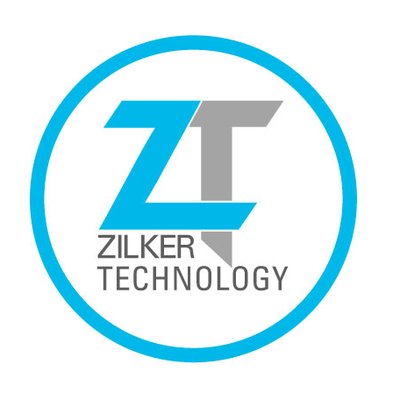The REACT PWA Reference Storefront is a flexible e-commerce website built on Elastic Path’s RESTful e-commerce API, Cortex API. Through the Cortex API, the storefront uses the e-commerce capabilities provided by Elastic Path Commerce and gets data in a RESTful manner.
Thanks goes to these wonderful people (emoji key):
This project follows the all-contributors specification. Contributions of any kind welcome!
- Any changes to this project must be reviewed and approved by the repository owner. For more information about contributing, see the Contribution Guide.
- For more information about the license, see GPLv3 License.














